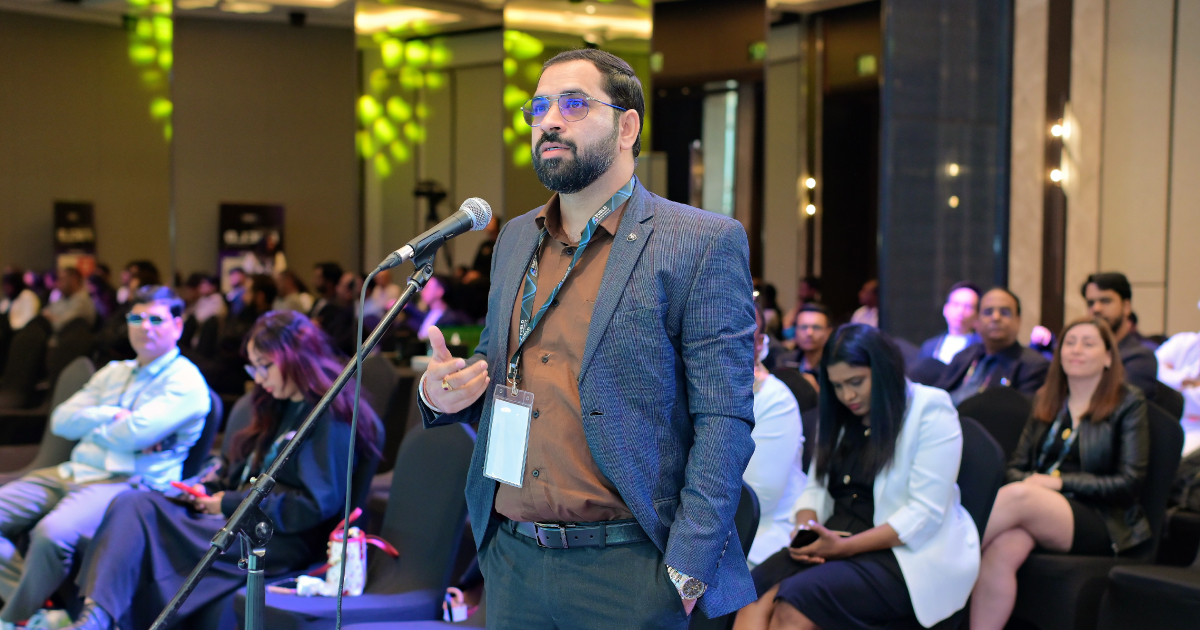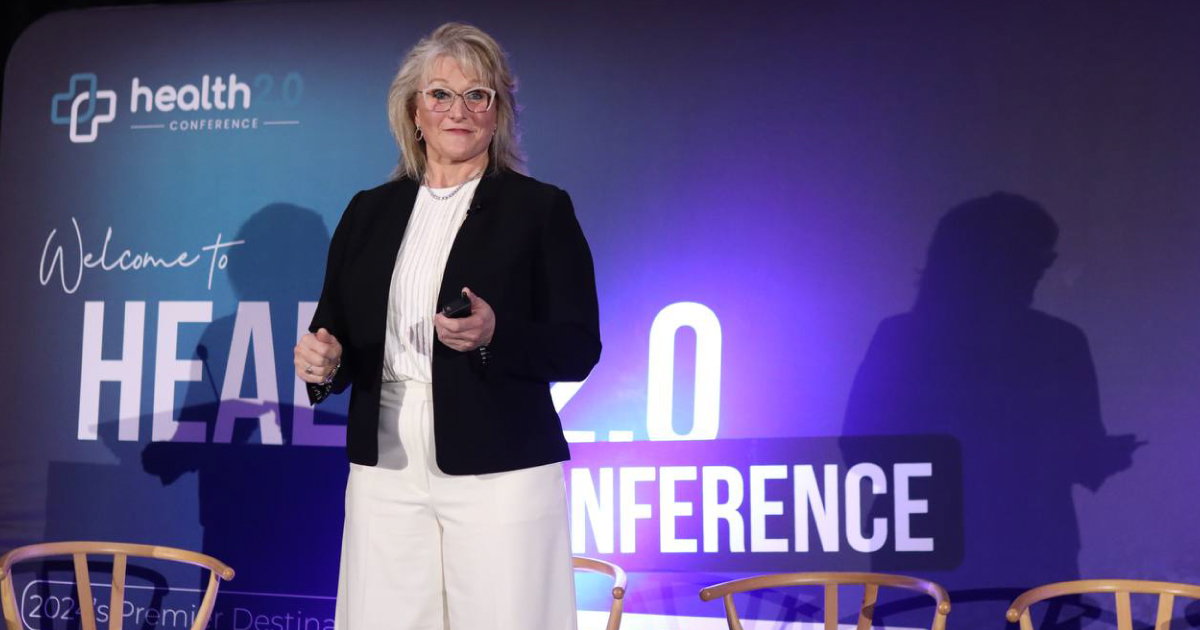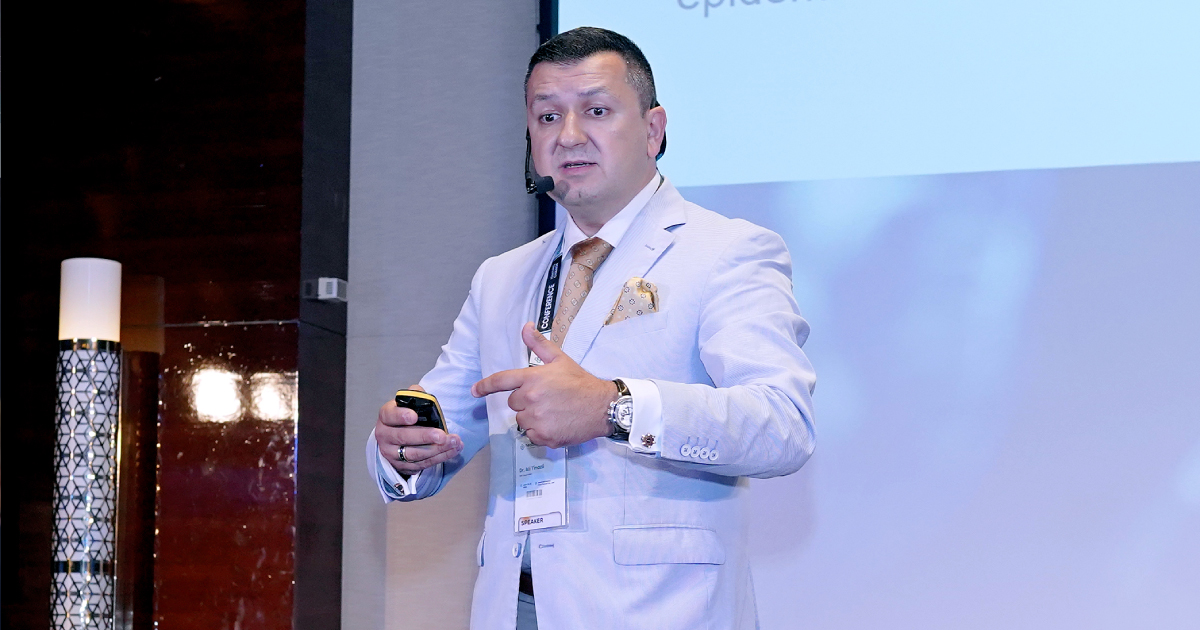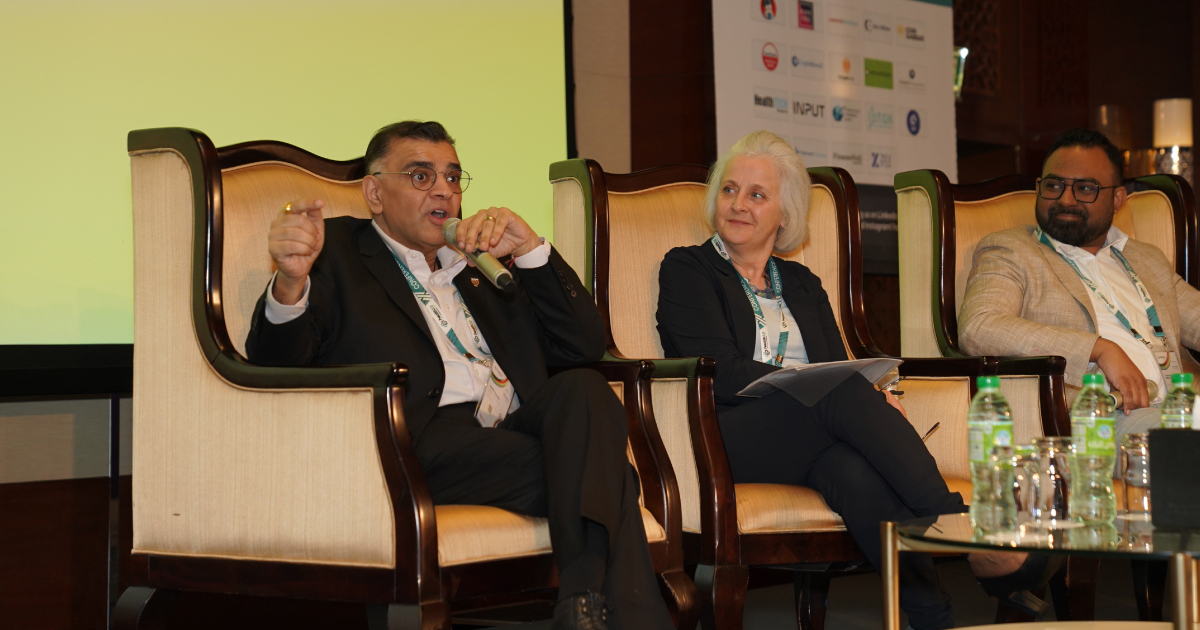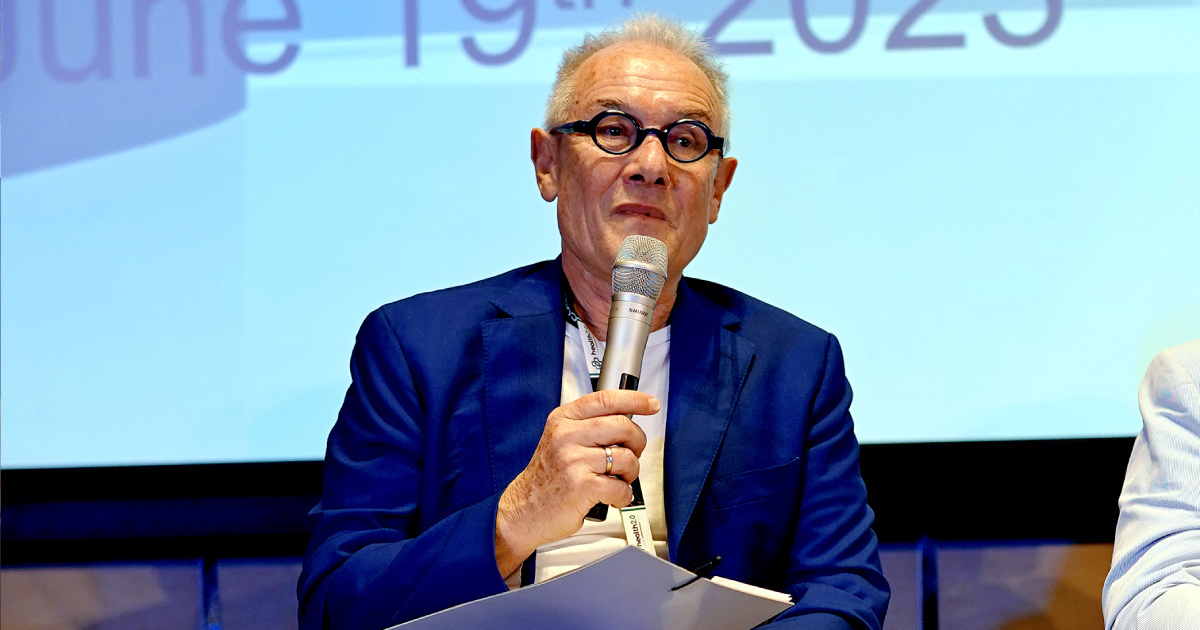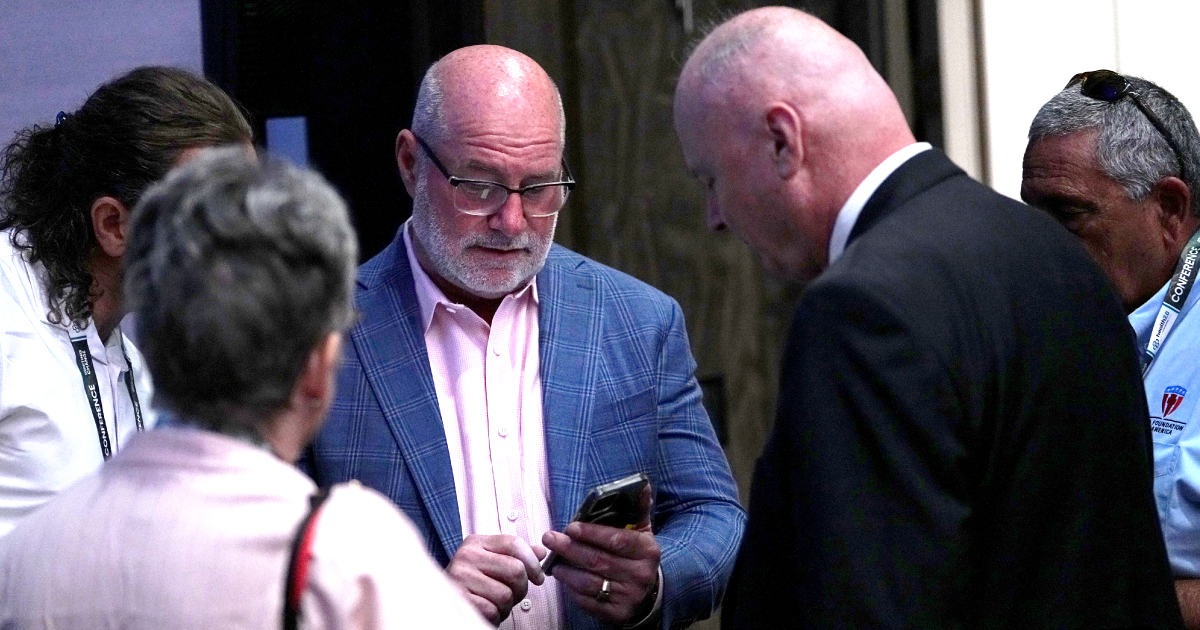Posted on : August 13, 2025
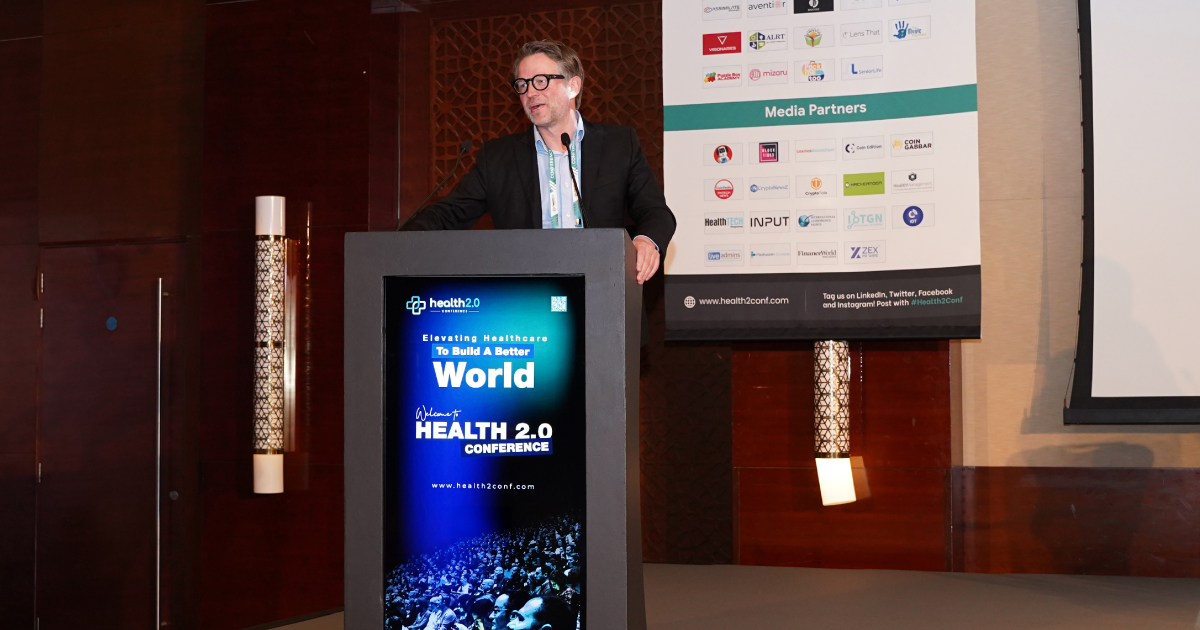
Telemedicine has redefined what accessible healthcare looks like. With a few clicks, patients can consult with professionals from the comfort of their homes, and providers can reach underserved populations with greater efficiency. But behind this convenience lies a growing concern. Fraudulent telehealth operations are becoming more sophisticated, often presenting themselves as legitimate services while preying on unsuspecting users.
As the digital healthcare space expands, so do the tactics of scammers. Recognizing this scam, the Health 2.0 Conference has urged stakeholders to stay alert and even encouraged individuals to register a scam if they encounter suspicious virtual health platforms. This blog draws from expert insights shared at the health conference to shed light on common red flags and offer practical strategies to avoid falling victim to telemedicine-related scam offenses.
Why Telehealth Fraud Is Gaining Ground
Telemedicine's rapid expansion has unlocked incredible benefits, but it has also created a fertile ground for digital deception. As more healthcare interactions move online, scammers are finding new ways to exploit the system. Fake virtual clinics, misleading health assessments, and impersonated providers are just a few of the tactics used to gain access to personal and financial information.
Unlike traditional healthcare scams, telehealth fraud often hides behind a digital curtain. Scammers leverage anonymity, polished websites, and vague credentials to appear legitimate. The lack of consistent oversight in some regions makes it even harder to distinguish between real care and a well-disguised scheme. Staying alert, asking the right questions, and verifying details before engaging with any platform are essential steps in avoiding these modern-day traps.
Tactics Behind Today’s Telehealth Scam Offenses
Online healthcare scams often start with a veneer of legitimacy. A patient might land on a professional-looking site, book a consultation, and even receive a diagnosis without ever interacting with a licensed provider. In some cases, the provider doesn't exist. In other cases, consultations are billed to insurance despite never taking place.
Scam alerts issued at the health conference have noted a surge in:
- Imitation sites that closely mimic real hospital brands.
- Platforms offering unregulated "wellness checks" with no medical oversight.
- Providers using expired, invalid, or fabricated medical licenses.
These are not simply inconveniences. They represent serious scam offenses that can lead to financial loss, data breaches, and compromised care decisions.
A Shift In Strategy For Identifying Subtle Red Flags
While obvious scams may be easy to avoid, many fraudulent platforms are increasingly subtle. They might use buzzwords like "board-certified" or display fake logos from regulatory bodies. What sets them apart is the lack of transparency when it matters most in who they are, what they offer, and how they handle your information.
Recent scam and fraud alerts discussed at the 2025 global health conference have highlighted how even professional-looking telehealth services can disguise deceptive intentions. Experts recommend a careful review of any telemedicine service before use. Look beyond surface-level design. Check provider licensing boards, confirm that payment methods are secure, and read reviews on external platforms. These simple steps are critical in avoiding scams that are growing more sophisticated by the day.
Industry’s Response To Telehealth Scam Offenses
While regulatory bodies work to improve oversight, many industry leaders are stepping in to address the gaps. Conferences, watchdog groups, and digital health advocates are playing a critical role in exposing vulnerabilities in virtual care. The Health 2.0 Conference has become a leading voice, issuing scam alerts and sharing expert insights into scam-related issues. These include impersonated providers, fake telehealth platforms, and unregulated services posing as legitimate care.
During recent editions, the conference has featured discussions and panels focused on:
- Using artificial intelligence and data analytics to detect scam patterns, such as automated billing fraud and identity spoofing across telehealth platforms.
- Designing fraud prevention protocols for digital health startups, ensuring early-stage companies build safeguards into their user verification, payment systems, and provider directories.
- Navigating legal frameworks and international regulations to help institutions report and respond to digital healthcare scams more effectively, even across borders.
By promoting collaboration between technologists, clinicians, legal experts, and policymakers, the 2025 global health conference is helping to reshape how the industry approaches digital trust. Its emphasis on actionable solutions makes it a vital ally in the global fight against telemedicine fraud.
Safeguards Against Telemedicine Scam Offenses For Users & Providers
Telehealth platforms and users must take shared responsibility in scam prevention. Whether you’re a patient seeking care or a provider launching a service, these precautions can help you steer clear of fraud:
- Validate provider credentials through official licensing registries.
- Avoid clicking on ads, emails, or pop-ups that redirect to unverified platforms.
- Use secure, traceable payment methods and avoid wire transfers or cryptocurrency requests.
- Be cautious of vague service offerings or high-pressure sales language.
Industry leaders continue to call for stronger protections in digital healthcare. A leading health conference has recently addressed scam offenses in telemedicine, urging providers and patients alike to prioritize transparency, digital literacy, and robust verification practices.
A Smarter Approach To Scams With Guidance From Health Conferences
Telemedicine is transforming healthcare by making access faster, easier, and more flexible. But with its growth comes the responsibility to stay alert and informed. Digital scams are becoming more refined, targeting both patients and providers through convincing yet deceptive platforms. Combating these threats requires proactive research, secure practices, and a commitment to verifying the legitimacy of every virtual care interaction.
The Health 2.0 Conference has addressed various common healthcare fraud related to impersonated providers, fake consultation platforms, and misleading billing schemes. At the 2025 global health conference, healthcare and technology leaders emphasized the urgent need to confront scam offenses and rebuild patient trust. Moving forward, a collective focus on transparency, vigilance, and ethical innovation will be key to creating a secure future for telemedicine.
FAQs
1. How can patients verify if a telemedicine platform is legitimate?
A. Patients should look for clear licensing information, secure website indicators (like HTTPS), and affiliations with recognized medical boards or institutions. Trusted platforms also provide transparent privacy policies and verifiable contact information.
2. What role does patient data play in telemedicine scams?
A. Patient data is often the main target, as it can be used for identity theft, insurance fraud, or sold on the dark web. Scammers may lure users in with fake consultations just to gain access to sensitive personal and medical records.
3. How can healthcare providers protect their brand from being impersonated by scam platforms?
A. Healthcare providers should monitor their digital presence using brand alerts and take swift legal action if their name or likeness is misused. Registering official trademarks and verifying their practice across platforms like Google and health directories also helps deter fraudsters.
4. How does the Health 2.0 Conference address the issue of telemedicine scams?
A. The Health 2.0 Conference features expert-led sessions focused on identifying scam patterns in digital healthcare. These discussions offer practical frameworks to help attendees detect fraud, report suspicious activity, and promote safer telehealth environments.
5. How are speakers at the Health 2.0 Conference vetted to avoid misinformation or scams?
A. All speakers undergo a rigorous review process to ensure they bring verified expertise and credible affiliations. The conference prioritizes transparency, requiring speakers to disclose professional backgrounds and avoid promotional bias disguised as education.


